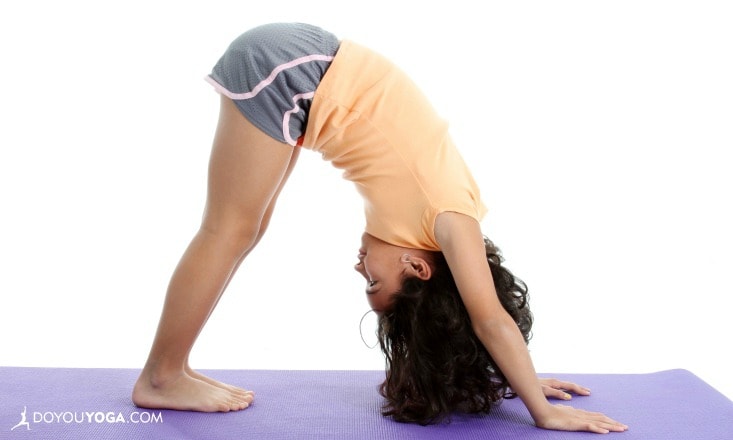Somewhere on my journey to discover my passion and purpose, I was guided and pushed towards recreational therapy, yoga, meditation, and special needs.
As life would have it, these ventures turned into a beautiful understanding—that yoga can transform the lives of those with special needs and be a support system for the loving caregivers who support them.
Along this journey, I’ve learned some valuable lessons about teaching yoga for children with special needs. Here are some of them.
1. Plan your lessons the same way you would for typically developing kids, but make room for lots and lots of flexibility!
Sometimes, what an individual’s diagnosis states as limitations on paper doesn’t appear the same within a yoga environment. So plan your classes as you always do, but stay open to spontaneous changes, have adaptations in mind for each pose, and get to know your students within the context of your class.
By doing this, you’re giving students the benefits of a fully engaged class (with lots of fun and momentum), but you’re not selling them short by playing it safe.
2. Know your students’ physical limitations.
Be open to having children in class who require additional physical assistance (walkers, limited mobility, hyperextensions, etc.). Just be sure you ask caregivers what movements they should not be making and what is not safe.
If you’re presented with a specific diagnosis, do some research and be prepared to know what physical movements the student can do and adapt the ones they can’t.
Suggested Book List
- “Yoga Therapy for Children with Autism and Special Needs” by Louise Goldberg
- “Yoga for Children with Autism Spectrum Disorders” by Dion E. Betts and Stacey W. Betts
- “Yoga for the Special Child” by Sonia Sumar
3. Props and visuals are your best friends.
Verbal instruction can be difficult to follow for some individuals. Either we speak too quickly or the time to process is extended. They understand you; they just need some extra help. Therefore, props, pictures, and demonstrations come in handy. Picture decks of yoga poses are a terrific addition to class.
In addition, consider having some images in 11×17 sizes and post them for everyone to see. If you’ve created a class theme (pirates, the beach, jungle, etc.), have relevant images printed, or physical props ready so students can have tactile interactions as they’re incorporated into class.
Also, storyboard cards are a wonderful tool for developing yoga poses and developing class themes. My favorites are “Tell Tale Cards” by Blue Orange Games.
4. Witness the little miracles.
It is so easy to walk into a classroom and have an expectation of what milestones or “aha moments” you’d like your students to learn and develop. It’s a good attitude to have, but remember that sometimes, the small and minor changes are the most beautiful.
Keep the yoga mentality that “inches equal miles.” A small gain like paying attention for 2 minutes, trying a pose, or smiling during class may seem minor, but they could mean a world of change to caregivers.
Stay positive and trust that you are having an impact; know you are making a difference, even if that difference isn’t entirely clear just yet.
5. Ask for feedback.
At the end of each series or class, make sure you ask parents and participants for feedback. Let them be your teachers. What you hear may be exactly what you expected, but more often than not, you hear things that are even better.
So keep asking, keep adjusting, and classes will thrive as you become a brighter and more enlightened worker.
6. Never underestimate your students.
Keep the mindset that each of your students is capable of progress. Sometimes you need to adjust what progress means for them, while other times, you’ll be delightfully surprised.
Always keep yourself open to the possibility that your students are capable, able to try and, despite what a paper diagnosis states, they are able to accomplish great things in yoga.


